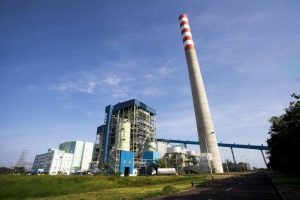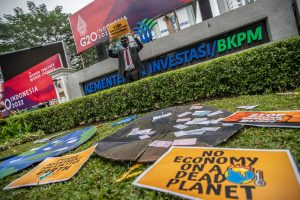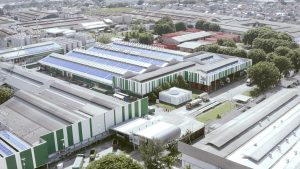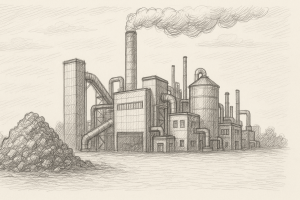Jakarta – The potential for renewable energy in Indonesia, including water energy, is huge, but its utilisation is still minimal, according to environmental experts. Until the first semester of 2023, based on data from the Ministry of Energy and Mineral Resources (EMR), the installed capacity of hydropower in Indonesia had only reached 6.7 GW out of a total installed capacity of 12.7 GW of renewable energy.
Rector of PLN Institute of Technology, Iwa Garniwa, in a symposium titled ‘Opportunities and Challenges of Hydropower in Indonesia’ organised by the School of Environmental Science (SIL) of the University of Indonesia in collaboration with the Environment Institute, APIK Indonesia Network, and Iluni SIL UI, said that the potential of hydro energy for hydropower in Indonesia reaches 95 GW. This number is lower than the solar potential, which reaches 3,294 GW, but higher than the bioenergy potential of 57 GW, wind potential of 155 GW, and geothermal potential of 23 GW.
Garniwa highlighted the positive aspects of hydropower, where the response can be adjusted to the required load quickly while explaining that this power plant is environmentally friendly energy, free of carbon emissions, and does not create pollution that can contribute to the greenhouse effect.
However, behind the various advantages, some challenges need to be overcome. Garniwa mentioned that hydropower development requires a significant investment and can disrupt the ecosystem of rivers or lakes at the construction site of the water dam. However, he emphasised using renewable energy, such as hydropower, with the Renewable Energy Based Industrial Development (REBID) scheme, can encourage industrial growth.
According to him, the government needs to make various efforts to accelerate hydropower development in Indonesia, including incentivising investors to build hydropower. In addition, the government also needs to socialise the benefits of hydropower to the public. “Indonesia’s hydropower potential is immense, but its utilisation is minimal. This is a challenge for the government to accelerate its development,” said Garniwa.
Renewable energy synergy and environmental impact considerations
“The development of hydropower potential together with large-scale geothermal power plants integrated with industrial development can create synergies in developing economic clusters,” said Garniwa.
He cited several hydropower projects that are in the development stage, such as the 9,000 MW Kayan Hydropower Plant for the manufacturing industry, the 1,375 MW Mentarang Hydropower Plant for the smelter industry, and cooperation plans with Australia for the development of the Mahakam and Keai Hydropower Plants and the Mamberamo Hydropower Plant.
Meanwhile, the Head of SIL UI’s Green Innovation, Sustainable Production-Consumption and Renewable Energy Research Cluster, Ahyahudin Sodri, said that hydropower development needs to consider environmental aspects.
“The government must ensure that hydropower development does not cause significant negative impacts on the environment,” said Ahyahudin.
He added that the government must also involve local communities in the hydropower development process. This is important to prevent social conflicts and ensure that hydropower development can run sustainably. (Hartatik)















